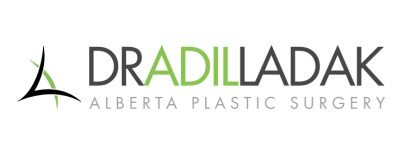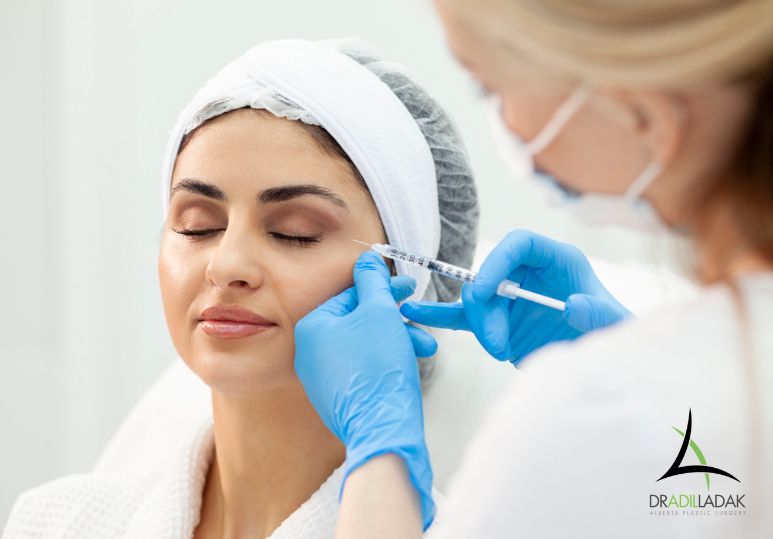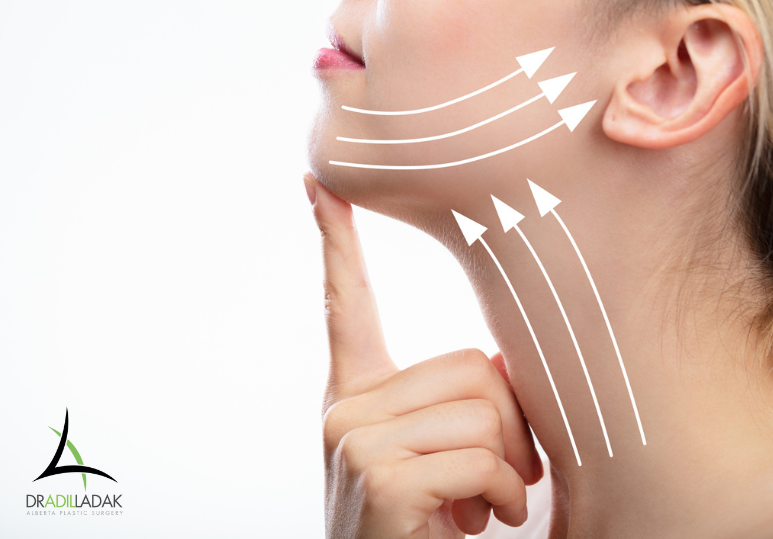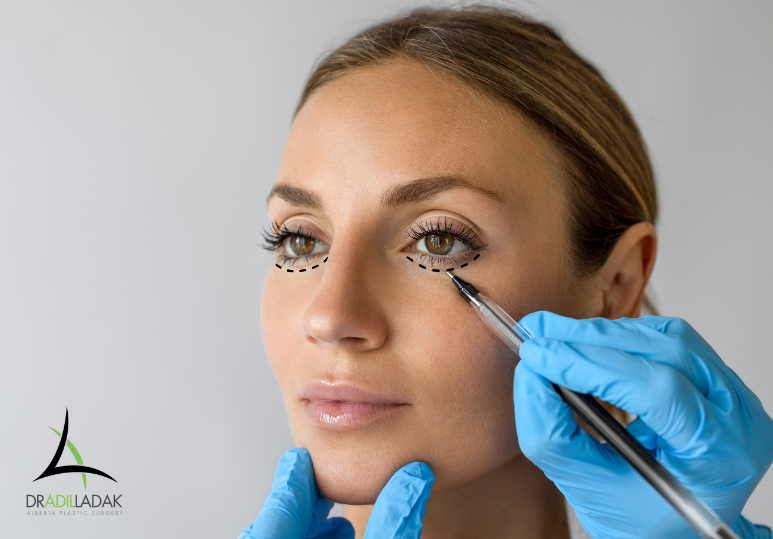In the realm of aesthetic medicine, the quest for facial rejuvenation has led to the widespread adoption of tissue fillers as a cornerstone treatment. With a focus on personalized care, the approach to using tissue fillers has evolved significantly, offering tailored treatments to meet the unique needs and aspirations of each individual. This article delves into the art and science of using various types of tissue fillers for facial rejuvenation, emphasizing the importance of customization to achieve desired outcomes like volume restoration and wrinkle reduction.
Personalization at the Core of Treatment Plans
Central to the success of facial rejuvenation is a bespoke approach that acknowledges the uniqueness of each individual's facial narrative. This tailored journey begins with an in-depth evaluation of the patient's facial architecture, skin condition, and aesthetic aspirations. Such an evaluation encompasses a meticulous dialogue about specific concerns, whether it's augmenting volume in areas that have become hollow, diminishing the appearance of smile lines, or boosting the plumpness of lips. By taking into account elements such as the patient's age, skin type, and general health, practitioners are positioned to suggest the most appropriate type of filler and method of treatment that aligns with the patient's needs.
Variety of Tissue Fillers: Matching the Filler to the Need
Selecting the right tissue filler is paramount in customizing treatments to individual requirements. Hyaluronic acid fillers, celebrated for their adaptability, are frequently chosen for enhancing lips, smoothing nasolabial folds, and correcting under-eye hollows, owing to their fine consistency and ability to produce results that look inherently natural. Fillers based on calcium hydroxylapatite, known for their denser composition, are preferred for addressing deeper creases and replenishing volume in the cheeks. Meanwhile, for those desiring outcomes that endure longer, poly-L-lactic acid fillers present an attractive option by gradually bolstering collagen production, thus incrementally refining skin texture and firmness. This selection is a collaborative endeavor, merging the practitioner's knowledge with the patient's preferences to identify the most fitting filler.
Technique Matters: The Art of Injection
The methodology employed in the administration of fillers is fundamental to realizing the envisioned aesthetic enhancement. Sophisticated injection techniques, such as the application of micro-droplet injections or the strategic placement within deeper tissue layers, facilitate precise improvements and results that appear genuinely natural. Practitioners are required to have a deep-rooted comprehension of facial anatomy alongside an artistic sensibility to ensure the filler complements the patient's inherent features. The objective is to amplify beauty rather than transform it. As such, the injection technique is customized for each area of treatment, guaranteeing outcomes that are harmonious, symmetrical, and reflective of the patient's desires.
Expanding Treatment Possibilities and Ensuring Safety
Beyond the selection and technique, the breadth of treatment possibilities with tissue fillers extends to correcting asymmetries, defining jawlines, and even non-surgical nose reshaping. Each application demands a unique strategy, illustrating the versatility and efficacy of fillers in facial aesthetics. Safety and patient comfort are paramount, with practitioners adhering to stringent protocols to minimize risks and ensure a smooth recovery. Pre-treatment consultations serve to educate patients on what to expect, potential side effects, and post-treatment care, reinforcing the importance of a well-informed decision-making process.
The Role of Continuous Learning and Innovation
The field of aesthetic medicine is continually evolving, with new products and techniques emerging that promise even more personalized and effective treatments. Practitioners committed to excellence in facial rejuvenation are dedicated to ongoing education and the exploration of innovative approaches. This commitment not only enhances their skill set but also ensures that patients benefit from the latest advancements in filler technology and injection methodologies.
Facial rejuvenation with tissue fillers is not a one-size-fits-all solution. It demands a personalized approach, where the choice of filler and the technique of injection are carefully tailored to each patient's unique facial characteristics and aesthetic goals. By prioritizing individual needs and employing a wide range of fillers and techniques, practitioners can offer customized treatments that not only enhance physical appearance but also boost self-confidence and satisfaction. The journey to rejuvenation is a partnership between the patient and practitioner, guided by expertise, artistry, and the shared goal of achieving natural, beautiful results.
Written on behalf of Alberta Plastic Surgery.
FAQ
Q. What are tissue fillers?
A. Tissue fillers are injectable products used in cosmetic treatments to restore volume, smooth wrinkles, or enhance facial contours. Common types include hyaluronic acid, calcium hydroxylapatite, and poly-L-lactic acid fillers.
Q. How do I know which type of filler is right for me?
A. The choice of filler depends on your specific aesthetic goals, facial areas you wish to enhance, and your practitioner's recommendation. During a consultation, your practitioner will assess your needs and recommend the most suitable type of filler for you.
Q. How long do the results of tissue fillers last?
A. The duration of results varies depending on the type of filler used, the area treated, and individual factors such as metabolism. Hyaluronic acid fillers typically last 6 to 18 months, while other types may last longer.






